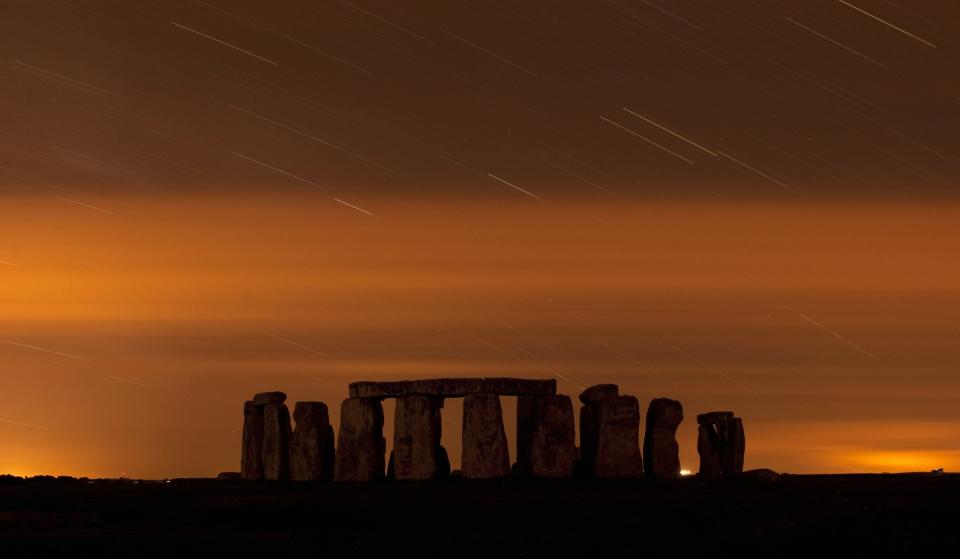 Rob Waugh
Rob WaughHave Scientists Just Spotted Stonehenge-Style ‘Standing Stones’ On A Comet?
Cameras on the Rosetta space probe have spotted a weird formation on the surface

Cameras on the Rosetta space probe have spotted what appears to be a huge Stonehenge-style ‘standing stone’ - on the surface of a comet.
One of the rocks - a huge boulder with a diameter of around 90 feet - appears to be balanced precariously on the Comet 67P/Churyumov-Gerasimenko's surface.
‘We had noticed this formation already in earlier images, however, at first the boulders did not seem to differ substantially from others we had seen,' says OSIRIS scientist Sebastien Besse from ESA, who first noticed the formation.
[Sobering Photos Show The True Extent Of Mankind's Destruction Of Planet Earth]
['Space Coffee Cup' From ISS Now Available To Buy]
'How this apparent balancing rock on Comet 67P/C-G was formed is not clear at this point,' says OSIRIS Principal Investigator Holger Sierks from the Max Planck Institute for Solar System Research (MPS) in Germany.
The scientists believe that the rocks may have moved from their original location, due to ‘transport processes’ on the surface.

The researchers say, ‘Scattered boulders are seen in many places on the comet’s surface, sometimes in otherwise relatively smooth regions.
'One of the largest – Cheops – measures approximately 45 metres in size and sits in the middle of the smooth part of Imhotep on the underside of the comet’s large lobe. In other regions, it is more common to see rubble piles comprising hundreds of boulders.’
The scientists hope that further detailed imaging of the rocks and other formations on the comet’s surface will reveal more information.

 Yahoo News
Yahoo News 